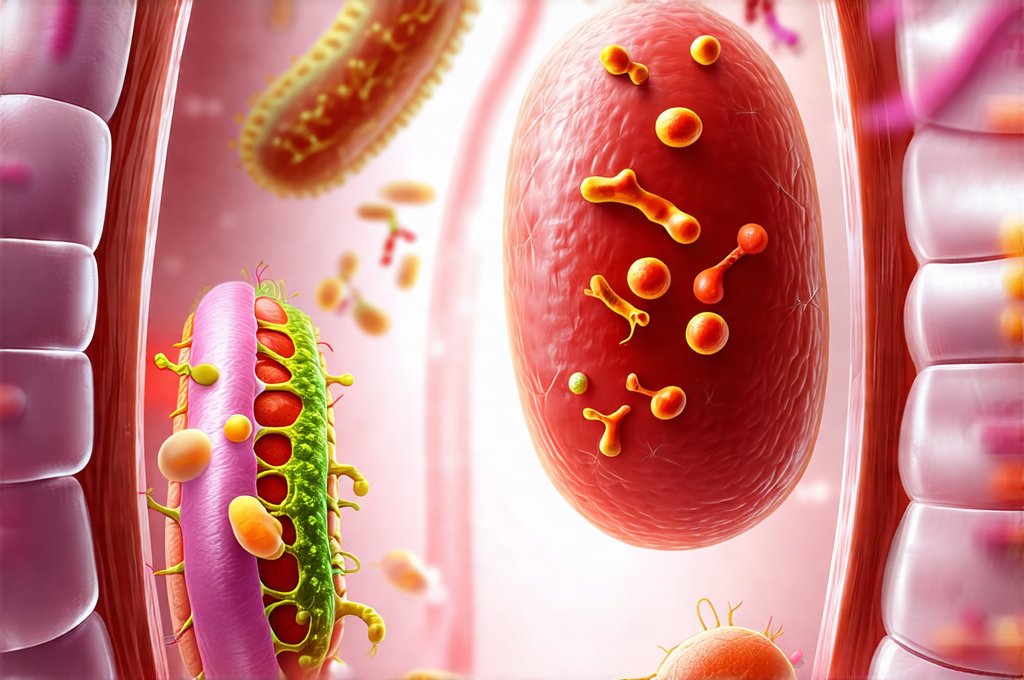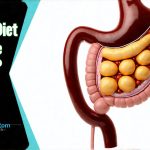The human gut microbiome – the trillions of bacteria, fungi, viruses, and other microorganisms residing in our digestive tract – is increasingly recognized as a central player in overall health. It’s not just about digestion anymore; these microbes profoundly influence immunity, mental wellbeing, even chronic disease risk. What we eat dramatically shapes this microbial ecosystem, and restrictive diets like vegan, paleo, or ketogenic approaches exert particularly strong influences. Understanding how these dietary patterns impact gut bacteria is crucial for maximizing the potential benefits – and mitigating any unintended consequences – of adopting them. It’s a complex interplay; it’s not simply about removing food groups, but about fundamentally altering the fuel sources available to the microbes living within us.
The gut microbiome isn’t static. It’s remarkably adaptable, responding quickly to changes in diet. However, long-term adherence to any restrictive dietary pattern will inevitably lead to significant shifts in microbial composition and function. These shifts aren’t inherently good or bad; they are simply different. The key question becomes whether these differences support optimal health for the individual following the diet. Factors like pre-existing gut health, genetics, lifestyle, and geographical location all play a role in determining how an individual’s microbiome will respond to dietary changes, making generalizations challenging. This article will explore the specific ways in which long-term vegan, paleo, or keto diets can impact gut bacteria, highlighting both potential benefits and considerations for maintaining microbial balance.
Dietary Patterns & Microbial Shifts
Long-term adherence to any restrictive diet fundamentally alters the substrates available to microbes. A typical Western diet, rich in processed foods, sugar, and saturated fats, often fosters a less diverse microbiome with an overabundance of certain bacterial species. Vegan diets, by excluding all animal products, remove crucial sources of nutrients for some bacteria while simultaneously providing abundant fiber for others. Paleo focuses on foods believed to be consumed during the Paleolithic era – lean meats, fish, fruits, vegetables, nuts and seeds – effectively eliminating grains, legumes, and dairy. This impacts microbial communities in a different way, reducing carbohydrate availability overall but potentially increasing protein fermentation. Keto diets, characterized by very low carbohydrate intake and high fat consumption, create an entirely unique environment within the gut.
Vegan diets typically lead to an increase in fiber-fermenting bacteria like Prevotella and Ruminococcus, which thrive on plant polysaccharides. This can result in increased production of short-chain fatty acids (SCFAs) like butyrate, propionate, and acetate – metabolites that are beneficial for gut health and overall wellbeing. However, vegan diets may also lead to a decrease in bacteria that rely on animal-derived nutrients, such as Bacteroides. The lack of vitamin B12 is another consideration; while not directly microbial, it impacts the ecosystem through nutrient availability. Achieving sufficient B12 often requires supplementation or fortified foods for those strictly adhering to a vegan lifestyle.
Paleo diets, by excluding grains and legumes, reduce the amount of resistant starch reaching the colon. This can lead to a decrease in bacteria that specialize in fermenting these carbohydrates. Simultaneously, increased intake of protein and fats may promote growth of proteolytic (protein-digesting) bacteria. While this isn’t necessarily negative, excessive protein fermentation can produce potentially harmful compounds like ammonia and hydrogen sulfide if not properly balanced with fiber intake. The exclusion of dairy also impacts the microbiome, removing a source of calcium and potentially reducing certain beneficial bacterial populations. Keto diets present an even more dramatic shift. The drastically reduced carbohydrate intake severely limits the fuel sources for many gut bacteria, leading to a decrease in overall microbial diversity.
Impacts on Microbial Diversity
Microbial diversity is often considered a hallmark of a healthy gut. A diverse microbiome is generally more resilient and better equipped to handle challenges like infections or dietary changes. However, simply having diversity isn’t enough; the type of diversity matters. While vegan diets tend to increase overall microbial diversity compared to Western diets, keto diets consistently demonstrate the most significant reduction in diversity among the three studied dietary patterns. This isn’t inherently harmful for everyone, but it warrants attention.
- Reduced diversity can compromise the gut’s ability to perform essential functions like vitamin synthesis and immune regulation.
- It may also make the microbiome more vulnerable to dysbiosis – an imbalance that can contribute to various health problems.
- Long-term keto adherence often results in a decrease in Bifidobacterium and Lactobacillus, two genera commonly associated with gut health.
The impact on diversity isn’t solely determined by the diet itself, but also by individual factors. For example, someone who previously consumed a highly processed diet may experience an increase in diversity when switching to a vegan or paleo pattern, even if their overall diversity remains lower than that of someone following a consistently balanced diet. Conversely, someone with an already diverse microbiome might see less dramatic changes. Supplementation with probiotics and prebiotics can help mitigate some of the diversity loss associated with restrictive diets, but it’s important to choose strains and fibers appropriate for the specific dietary pattern. How to balance gut bacteria is key here.
Short-Chain Fatty Acid Production
Short-chain fatty acids (SCFAs) are produced when gut bacteria ferment undigested carbohydrates. They represent a key link between diet, microbiome, and host health. Butyrate, in particular, is a major energy source for colon cells and plays a crucial role in maintaining gut barrier integrity and reducing inflammation. Different dietary patterns influence SCFA production in distinct ways. Vegan diets, with their high fiber content, generally promote robust butyrate production. Paleo diets, depending on the specific foods consumed, can also support SCFA production, though potentially to a lesser extent than vegan diets due to lower overall carbohydrate intake.
Keto diets present a unique challenge. The severely restricted carbohydrate intake limits the substrate available for bacterial fermentation, leading to reduced SCFA production. This doesn’t necessarily eliminate SCFAs entirely, as some bacteria can ferment protein and fats to produce them, but the quantities are significantly lower. Increased fat consumption in keto may also favour bile acid metabolism by gut microbes which can affect overall microbiome function. The types of fiber consumed on vegan or paleo diets can influence which SCFA’s are produced. For instance, resistant starch promotes butyrate production. How to rotate foods can also help optimize fiber intake.
Protein Fermentation & Potential Concerns
While carbohydrates are the primary fuel source for most gut bacteria, protein fermentation becomes more prominent when carbohydrate intake is low, such as in keto and potentially some paleo variations. When undigested protein reaches the colon, proteolytic bacteria break it down into various compounds, including branched-chain fatty acids (BCFAs), ammonia, hydrogen sulfide, and indoles. While BCFAs can be beneficial, excessive production of ammonia and hydrogen sulfide is associated with inflammation and gut dysbiosis.
The extent of protein fermentation depends on several factors: – The amount of protein consumed. – The digestibility of the protein sources. – The composition of the gut microbiome. A healthy microbiome will generally be able to manage protein fermentation more effectively, minimizing the production of harmful compounds. However, long-term high protein intake without sufficient fiber can overwhelm the gut’s capacity and lead to negative consequences. Strategies to mitigate these concerns include: 1. Ensuring adequate fiber intake to promote carbohydrate fermentation. 2. Choosing easily digestible protein sources. 3. Considering probiotic supplementation to support a balanced microbiome. Gut diagnostics connect can help assess individual needs.
Ultimately, understanding how different dietary patterns impact the gut microbiome is an evolving field. There’s no one-size-fits-all answer, and individual responses will vary significantly. However, by recognizing the potential shifts in microbial communities associated with each diet – and taking steps to support microbial balance through appropriate food choices and supplementation – individuals can maximize the health benefits of their chosen dietary approach. How gut issues impact you is important to understand. It’s also vital to learn how to interpret gut sensations. Finally, consider if nausea is related to your gut or nerves. Fermented foods help too!


















